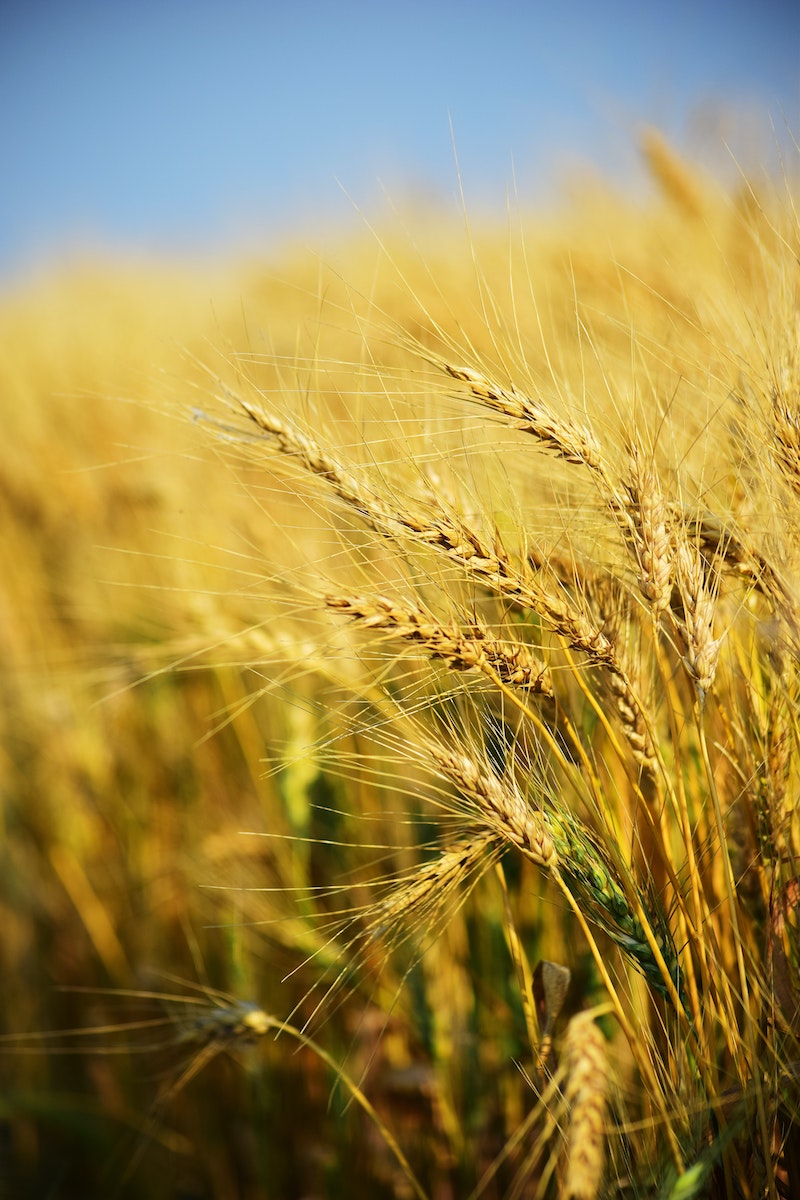By Brenda Duckworth
The first two parts of this series offered ideas on moving from cash-based to accrual-based accounting. If you stayed hooked to read Part III, you likely are interested in moving toward management accounting as the primary source of reports versus accounting only for income tax or lender-required reporting.
Part II talked about “warehousing” expenses associated with unfinished crops until the crop is harvested and sold, at which point, the expenses would be matched to the revenue generated from sales of that crop. We left off after suggesting you making sure your overhead costs are absorbed into your profit centers so that your cost of production is not understated.
Part III will suggest one way to accumulate those less conspicuous costs, like machinery repairs, labor, and even depreciation. Since QuickBooks is the most widely used accounting software program, I will discuss a set-up geared toward that program. However, there are several packages on the market that can offer more detailed reporting. Once the concept is well understood, you might investigate using something like CenterPoint.
The class feature in QuickBooks allows you to segregate income and expenses by crop, or profit center. You would also use classes to “warehouse” those costs you intend to allocate later — let’s call those classes support centers.
I suggest four support centers: Machinery & Equipment, Labor, General & Administrative, and Interest. Any charges associated with Machinery & Equipment, like repairs, fuel, and depreciation, would be charged here. General & Administrative would house charges like accounting and legal fees, office expense, utilities, etc.
Once you have all your income and expenses correctly classified and your support centers allocated, you can then run a Profit & Loss by Class. All support centers should zero out, thereby showing all expenses have been absorbed by your profit centers. If you have accumulated expenses to future crops, be sure to move those expenses to Investment in Growing Crops (current asset), which was discussed in Part II of this series.
Whether you allocate each month, quarter, or yearly, setting your system up in this manner will be much easier than trying to allocate each transaction. Granted, the theory is relatively easy to understand, yet the implementation is a bit more arduous. Yet, it can be done. Just remember, start simple and grow to more detailed information over time. The concept of materiality should be considered when making decisions on the set-up. No system is perfect, and with each there will be some level of estimating.
Brenda Duckworth is a Certified Public Accountant with Kennedy & Coe, LLC and has her Bachelor of Science in Agricultural Economics from Texas A&M University. She has specialized in management accounting for agricultural producers for over ten years.


